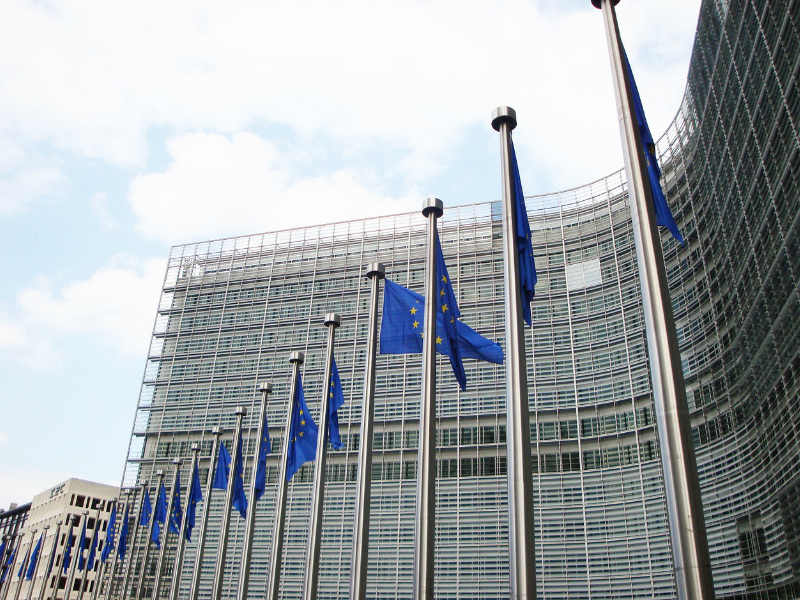VAT treatment of cross-border supplies under the definitive VAT system as from 1 July 2022 (B2B)
Background
The Commission proposes to replace the current transitional VAT provisions with a definitive system based on the taxation of intra-Union trade in goods and services in the Member State of destination.
The following comments are based on the draft EU Directives and the information available as of 1 September 2018.
One-Stop Shop
As of 1 July 2022, intra-Union supplies of goods will no longer be exempt from VAT but will be taxable in the Member State of arrival of the goods. The supplier will in principle be required to charge the VAT due on cross-border supplies at the rate of the Member State of arrival.
Therefore, suppliers could be required to register for VAT in all EU Member States to which they ship goods for delivery to their customers. Alternatively, they will be able to use a One-Stop Shop mechanism in the Member State where they are established (or in the Member State of their tax representative if they are established outside the EU) to fulfill their reporting obligations and to pay VAT by electronic means.
This One-Stop Shop will also allow the deductible VAT on foreign purchases to be offset at least partially against the VAT due in the same State on the turnover.
Certified taxable persons (CTP)
However, during a first step of the definitive VAT system (which is expected to last 5 years until 2027) and as an exception to the general principle, the person liable for the payment of the tax will not be the supplier but his customer who will be required to reverse charge the VAT due (as it is currently the case for intra-Community acquisitions), at least if the latter is certified by its tax administration. Thus, the supplier will not charge VAT on cross-border delivery and the tax will be self-assessed by the “certified taxable person” (CTP) who can deduct it simultaneously in the same declaration, possibly via the One-Stop Shop if it is not established in Member State of the arrival of the goods.
The notion of certified taxable person is modelled on the existing concept of authorised economic operator in the field of customs. The concept of certified taxable person allows for an attestation that a particular business can globally be considered to be a reliable taxpayer. A draft Directive lays down the criteria to be fulfilled in order to be granted the certified taxable person status, the cases of exclusion, the Member State competent to grant and withdraw the certified taxable person status, the right of taxable persons to appeal against administrative decisions on this matter and the obligation of mutual recognition by Member States.
Supplies of services
It is expected that the new VAT treatment will be extended later on to all cross-border supplies, therefore also covering supplies of services.
The implementation of this second legislative step will be proposed by the Commission after due monitoring of the implementation of the first step, the functioning of which would be evaluated by the Commission five years after its entry into force (i.e. normally as from 2027). The definitive system will then be fully implemented.
Remarks and action proposals
Businesses will have to anticipate the consequences of the new VAT system well in advance in order to take the necessary steps and comply with the new requirements in due time. In this respect, the issues to be dealt with might be numerous depending on the circumstances, considering e.g.:
- the complexity of having the VAT rates of 27 EU member States to be managed in IT systems when some customers are not certified;
- the complexity for the supplier of having to manage several output VAT reporting procedures (domestic VAT return, OSS) …
- … or several VAT recovery procedures (domestic VAT return, OSS, 8th/13th Directive VAT claims) to be dealt with tax authorities in several EU member States;
- taxable persons may still have to deal with tax controls/request for information with the tax authorities of several MS;
- proof of dispatch to be managed;
- cash flow costs inherent to input VAT credits when customer is CTP, etc.
We can help you to assess the steps to be taken with a view to both secure and optimize the VAT treatment of your transactions further to the new rules.
Need more information?

